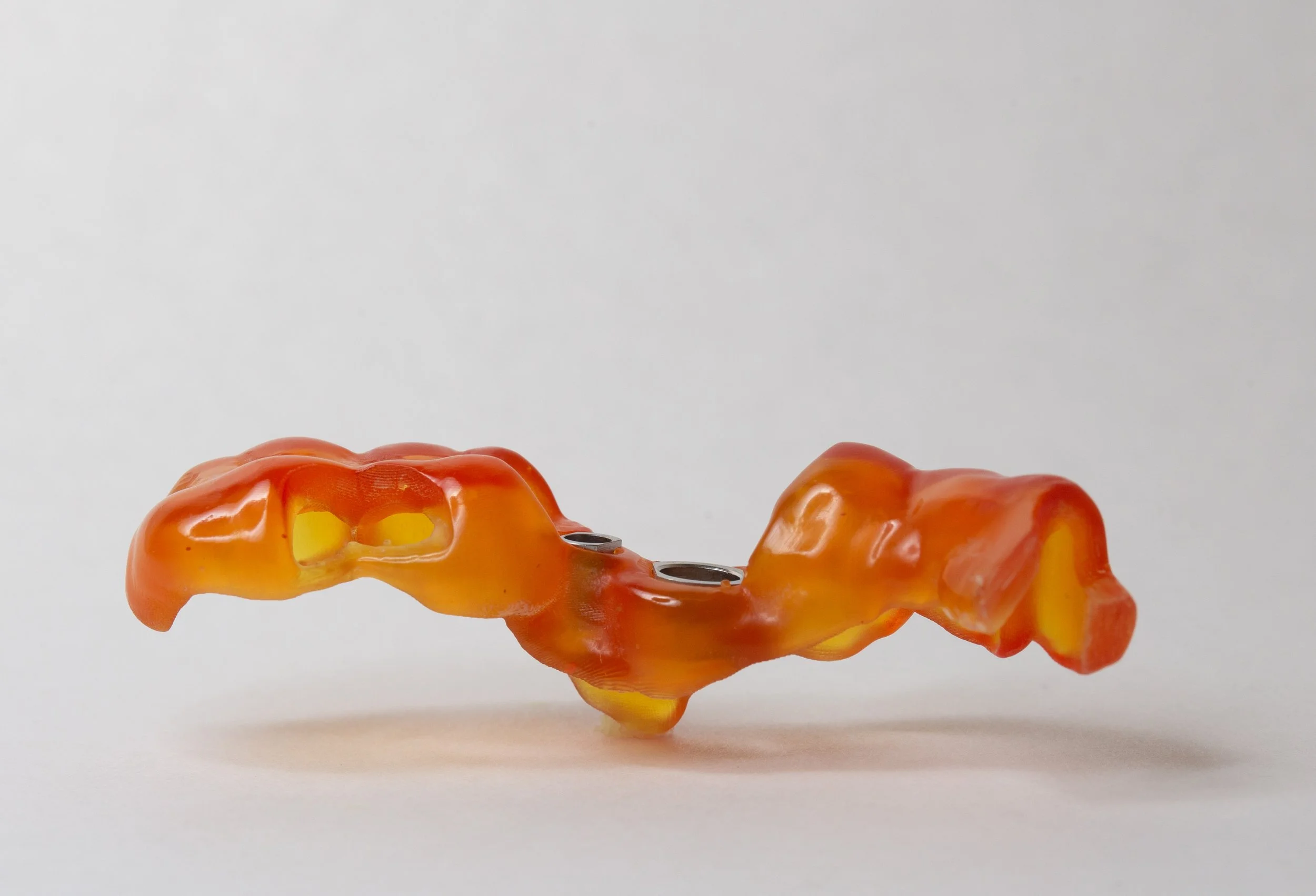Guided Surgery
Precision and attention to detail are crucial for achieving a beautiful smile that is both healthy and functional. From gum grafting procedures to replacing teeth with dental implants, the use of digital tools to aid in the diagnosis, planning, and execution of a surgical procedure can ensure a safer, more accurate, efficient, and comfortable experience for the patient.
Guided dental surgery is a modern approach that uses computer technology to plan and execute the procedure with greater precision and accuracy. There are several reasons why someone may want to consider guided surgery for their implant placement or other periodontal surgery:
Greater precision: Guided implant surgery allows the dentist to plan the exact location, angle, and depth of the implant placement before the actual surgery. This can help ensure that the implant is placed in the most optimal position, which can improve the longevity and success of the implant.
Faster and less invasive: Because the implant placement is carefully planned beforehand, the actual surgery can be completed more quickly and with less trauma to the surrounding tissues. This can reduce pain and discomfort during the recovery period.
Improved outcomes: Guided implant surgery can help ensure that the implant is placed in the ideal position to support the restoration, such as a crown or bridge. This can improve the functional and aesthetic outcomes of the procedure.
Predictable results: With guided implant surgery, the dentist can simulate the final result using computer software before the actual surgery. This can help ensure that the final result meets the patient's expectations and is consistent with the initial treatment plan.
Etiology:
Digital tools exist throughout dentistry, and allow us to plan and execute procedures with millimeter precision. Utilizing these tools can translate to a more predictable and longer-lasting result.
Treatment:
We take a comprehensive inside-out approach to your treatment. Beginning with photographic analysis of your overall smile, we may incorporate computer generated models of your mouth and/or digital radiographs of your underlying jawbone. From this digital information we can plan the position of your implants, and digitally fabricate the guide that will ensure your surgery goes exactly as planned.
Frequently asked questions:
Q: What types of imaging will be used?
A: We utilize both digital imaging and digital radiographs to create comprehensive reports for your referring doctor and to track the progress of your treatment. The digital images are similar to the pictures you take with your smartphone, except that we will be utilizing professional cameras and lighting to capture details on the micro level.
An intraoral scan utilizes hundreds of individual digital images taken from the inside of your mouth. This creates a surface map of your gums and teeth which can be used to create a 3-dimensional model of your jaws. This is similar to traditional impressions and stone models which patients have found messy and uncomfortable.
Digital radiographs and cone-beam computed tomography (CBCT) may be used to determine the health and level of bone which support your teeth. While the radiation dosage is significantly lower than film/analog radiographs which are no longer used in dentistry, we also make every attempt to ensure any radiation exposure is as low as reasonably achievable for diagnosis. Routine annual dental radiographs are 2-dimensional, whereas CBCT radiographs allow us to analyze structures 3-dimensionally, but are only taken as needed.
Q: Is my data safe?
A: We ensure all of our digital information is secured and encrypted to the highest standards in order to protect your identity. None of your personal identifiable information will be sold or utilized for purposes outside of communication with your referring doctor.



